CarEdge saved me over 4,500 dollars on a brand new Honda Pilot. I can't say thank you enough.
Price intelligence
Find a wide range of vehicle listings with market insights on new and used listings near you.
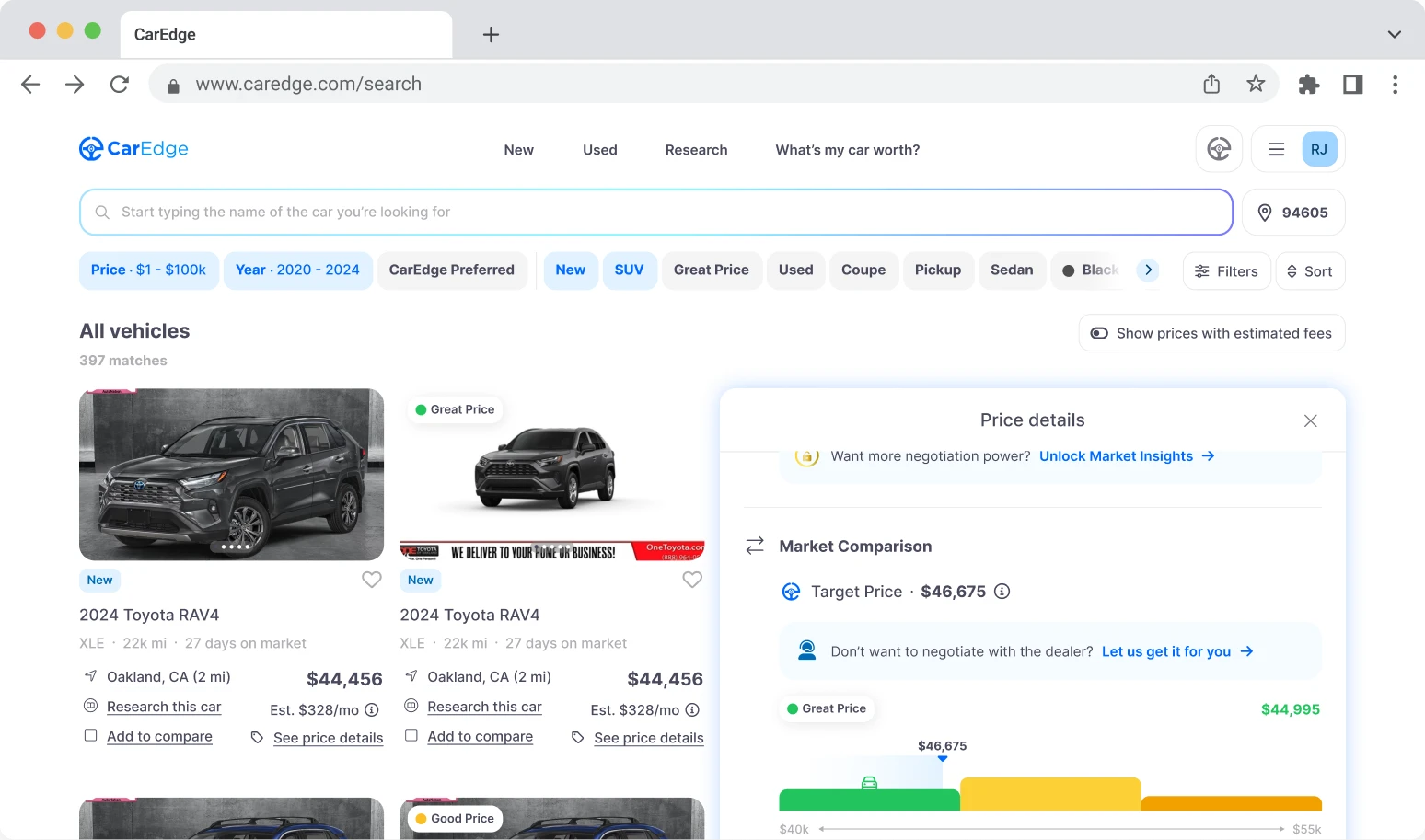

Help us personalize your CarEdge experience — it only takes a second.
Your answers help us personalize your CarEdge journey — we’ll follow up with tips and next steps that match your buying timeline.

November 2022 Update
In a huge win for consumers, the FTC announced that it is sending checks to 66,355 customers who were harmed by Napleton’s junk fees and discriminatory practices. The payments total $9.8 million. The FTC says that the payouts will average $147 each. Learn more about the FTC’s Napleton payments in the official announcement.
Original story:
The FTC and the State of Illinois have announced legal action against a large, multi-state dealer group. In a press release issued by the Federal Trade Commission on April 1, both the FTC and the Illinois Attorney General alleged that Napleton dealerships (also known as North American Automotive Services) stuffed junk fees and unwanted add-ons onto vehicle purchases in particularly misleading ways. The legal complaint also cites discriminatory practices against Black customers.
According to the complaint, Napleton’s eight dealerships in Illinois, Florida, Pennsylvania, and Missouri consistently engaged in deceptive practices. The complaint alleges that the eight dealerships would force car buyers to wait through an hours-long negotiation process, only to sneak junk fees for add-on products and services into consumers’ purchase contracts.
“These junk fees were often added despite consumers specifically declining the add-ons or having confirmed prices that did not include the add-ons. In other cases, the consumers were falsely told the add-ons were free or were a requirement to purchase or finance their vehicle,” the complaint states.
A survey found that 83% of buyers from the Napleton dealerships were charged junk fees for add-ons without authorization or as a result of deception. One consumer cited in the complaint reported that the dealership added nearly $4,000 in add-on fees, but only after he’d paid a similar amount in down payment.
The complaint also alleges that the Napleton dealerships discriminated against Black consumers in connection with financing vehicle purchases. Napleton employees had wide latitude to increase the cost of a consumer’s loan by increasing the amount paid in interest or adding add-ons to the final contract.
The FTC complaint also alleges that Black customers at the Napleton dealerships were charged approximately $190 more in interest and paid $99 more for similar add-ons than similarly situated non-Latino White customers. Dealers typically have the ability to increase (or decrease) interest rates in a sale due to captive lending, however the discriminatory practices alleged at Napleton are revealing.
The Federal Trade Commission files a complaint when it has “reason to believe that the named defendants are violating or are about to violate the law and it appears to the Commission that a proceeding is in the public interest. Stipulated final orders have the force of law when approved and signed by the District Court judge.”
The defendants in the case are:
Napleton Auto will pay $10 Million in damages and fines, a record amount for a dealership settlement.
Under the terms of the proposed settlement with the FTC and the State of Illinois, $9.95 million of the $10 million judgment will be used to provide relief to consumers, and $50,000 will be paid to the Illinois Attorney General Court Ordered and Voluntary Compliance Payment projects Fund.
The settlement will also require Napleton to establish a fair lending program that will cap the additional interest markup they can charge consumers. The settlement also requires Napleton to charge consumers only with express, informed consent, and prohibits them from misrepresenting the cost or terms to buy, lease, or finance a car, or whether a fee or charge is optional.
This is why CarEdge exists, to return confident buying to the auto industry. It’s deceptive practices like what’s been alleged at Napleton that associate misery with car buying. It’s great to see one dealer group being held accountable, but how often does this happen without consequence?
Our CarEdge members share countless stories of disappointing customer service experiences, and a few positive ones too. That’s why we recently launched CarEdge Dealer Reviews. With over 750 dealer reviews and more added every day, we’re putting the power back in the hands of the consumer. Getting ready to buy? See how dealers near you have been treating customers at CarEdge Dealer Reviews. When you make a vehicle purchase, don’t forget to share your experience with others. All submissions are vetted by the CarEdge team. Together, we can transform the car buying experience.

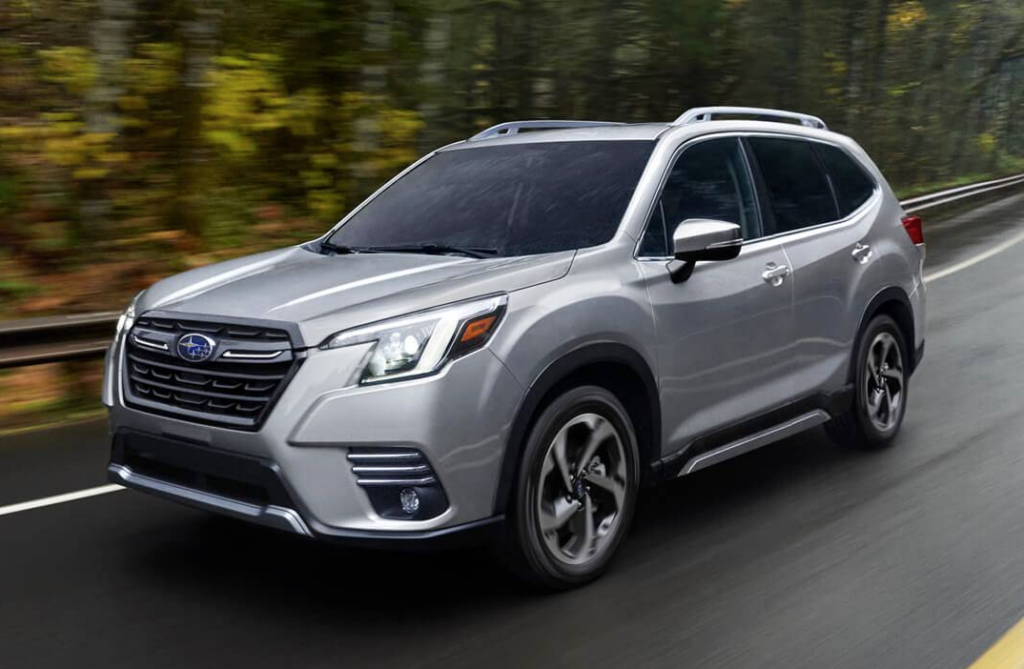
Auto industry analysts had predicted that US auto sales would decline by 15-18% in Q1. The supply shortage worsened in March, and the prediction was for a 36% decline in sales year-over-year. Now that March has concluded, automakers have released their performance numbers, and it’s not looking good. Here’s your one-stop resource for all automaker sales numbers for Q1 2022. Several automakers, including Ford, will release Q1 sales numbers next week. Check back for updates.
The first quarter of 2022 saw worsening sales for Ford. While total sales were down 17% year-over-year, March sales dropped 26%. Ford’s brand was down 17% in Q1, however Lincoln sales fell 25%. Among popular models, the Lincoln Navigator took the greatest hit with sales plummeting 56%. Lincoln’s sales have declined for 10 consecutive months.
It wasn’t all bad news for Ford. The average transaction price rose to $47,621, up 5.5% from Q1 of 2021. Inventory rose to 268,000 at the end of March, up from 199,000 one month prior.
Ford’s EV, plug-in hybrid and hybrid sales were up 38% in the first quarter. Sales of the Mustang Mach-E were up 1.8% for the quarter, with supply chain woes and inventory being the limiting factor.
Remember that Ford recently split into two new divisions: Ford Model e and Ford Blue. Ford Blue vice president Andrew Frick said that the automaker sees a lot of positivity in the latest sales report.
“Our newest products continue to turn at a record pace, as Bronco, Bronco Sport, Mustang Mach-E and Maverick had their best combined sales performance yet, with 33,398 vehicles sold,” Frick said.
The chip shortage has not been kind to Toyota. In Q1 of 2022, Toyota sold 514,592 vehicles in the United States. This is the second quarterly decline in a row for Toyota. Toyota’s sales numbers show that the chip shortage got worse as Q1 pressed on, with the worst result coming from March. Toyota’s U.S. sales dropped 24 percent in March to 194,178.
Lexus sales brought down Toyota of North America’s overall performance. The Toyota brand was down 23% in March and down 15% for the first quarter. Lexus fared worse, with sales down 29% for March and off 13% for the quarter.
TrueCar says that Toyota’s new car incentives have been on the decline for some time. In Q1, the average incentive was $1,060 per vehicle, down 60% from Q1 of last year.
Toyota’s new car inventory sits at 120,479, which translates to a 17-day supply. March was Toyota’s eighth consecutive month of sales declines.
In 2021, Nissan’s U.S. sales were down 8.7% as the chip shortage worsened. Today’s Q1 2022 sales numbers show that Nissan has given up a lot of momentum. Nissan’s Q1 2022 sales were 201,081 vehicles, down 30% versus a year earlier. Between the two brands, Nissan sales dropped 29%, and Infiniti sales plummeted 41% compared to one year prior.
AutoForecast Solutions says that in North America alone, Nissan lost roughly 228,000 vehicles from production schedules in 2021 because of the chip shortage.
Nissan of North America executive Judy Wheeler told automotive news that they had underestimated the magnitude of the supply shortage in 2022. “Production will continue to get better, but I don’t think it’s going to get back to normal, frankly, until 2023,” Wheeler said. “It’s going to take longer than what we originally expected.”
Hyundai of North America’s U.S. sales look wonderful compared to the competition. In Q1 of 2022, Hyundai’s total U.S. sales were down 4% from a year prior. Hyundai delivered 159,676 vehicles to American consumers between January and the end of March.
Hyundai is proud of their March sales performance, with good numbers all around. According to today’s quarterly sales report, Hyundai sold 59,380 vehicles in March, resulting in the third best March retail month ever for Hyundai. Month-over-month total sales were up 13%. Hyundai electrified vehicle retail sales grew 179% year over year.
Genesis sales climbed 53 percent in March compared to March of 2021.
In March, Kia delivered 59,524 new vehicles in the U.S., which is a 10.5% decrease year-over-year. For Q1, Kia sold 151,194 vehicles, which is a 5.2% decline compared to Q1 of 2021. Electrified car sales grew 55% year-over-year and reached a record level in March.
Overall, GM’s sales were down 20% in the first quarter of 2022. GM reports that 509,108 vehicles were sold in the first three months of the year. GM’s brands all posted declines in Q1. Chevrolet declined 20%, GMC declined 7.5%, Buick was down 58%, and Cadillac sales were down 24% year-over-year. The average transaction price at GM was $50,717 in the first quarter, down 2% since Q4 2021, but up 18% year-over-year.
Toyota surpassed General Motors in total U.S. sales by just 5,484 vehicles.
Stellantis (which includes Jeep, Chrysler, Dodge, Ram, Fiat, Maserati, Alfa Romeo and several European brands) sold 405,221 vehicles in the first quarter of 2022. Overall, total U.S. sales for the first quarter declined 14%.
All of Stellantis’ brands declined year-over-year.
Jeep says that the Jeep Wrangler 4xe is now the best-selling plug-in vehicle in the U.S. Almost one out of every five Wranglers sold last quarter were plug-in hybrids.
In the United States, Honda’s total sales were down 23% in the first quarter YoY. American sales settled at 266,418 vehicles in Q1. Honda and Acura’s car and truck sales were down between 20% and 27% compared to last year. On the bright side, American Honda says that March was their best overall sales month since August of 2021.
In March, Subaru sales were down 34% YoY, and Q1 sales slid 18% versus a year earlier. Subaru sold 132,346 vehicles in the first quarter. In a press release, Subaru cited the severity of the supply and chip shortage for the dismal sales numbers. Year-to-date sales of the popular Subaru Forester are down -34.3% YoY, and the Outback was down 20.6%. Sales of the Crosstrek, BRZ and Ascent were all up last quarter.
Analysts at J.D. Power and LMC say that auto incentives are set to reach an all-time low of $1,044 in March, a 69% drop year-over-year. Across all brands, the average transaction price in the first quarter is expected to be $44,129, an 18% increase from Q1 of 2021.
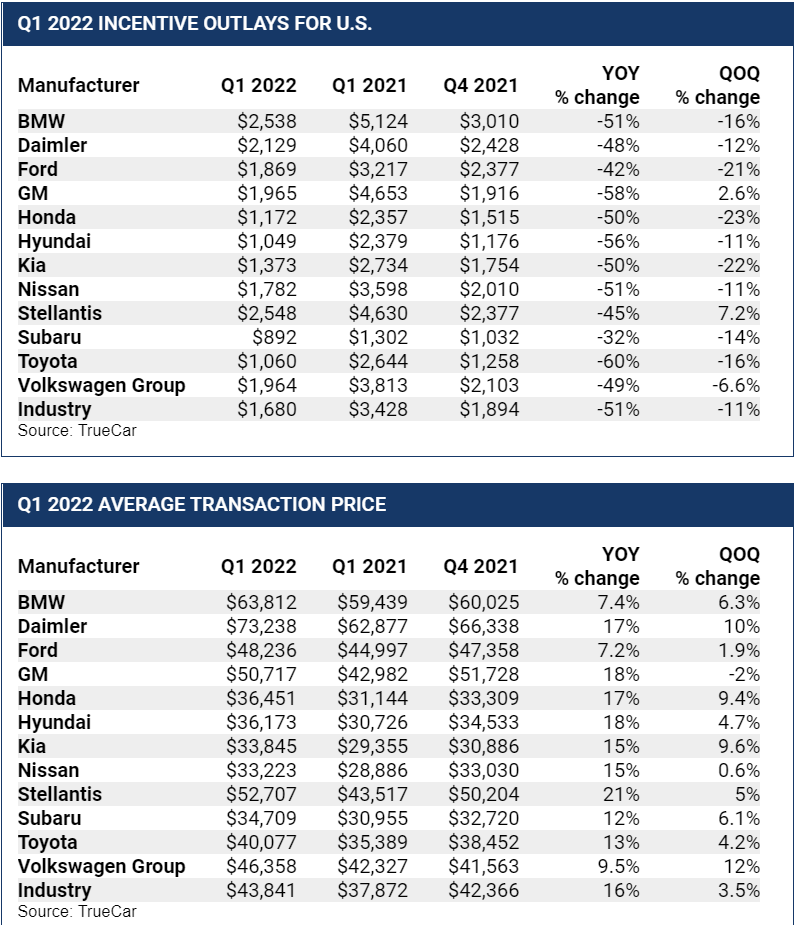
It’s not looking good for automakers. The demand is certainly there, but the ongoing supply shortage just keeps dragging on. The war in Ukraine and even an earthquake have added insult to injury for automakers in 2022. It appears that several automakers are beginning to recognize the reality we live in – sales are likely to remain suppressed until 2023. It’s more important than ever to play it smart when buying a car. Be sure to join the CarEdge Community, where auto experts help you make smart decisions to save time, hassle, and money.


Buying from a dealership can be a stressful, painful experience in 2023. If you’re on the hunt for a good deal, chances are you have experienced this frustration firsthand.
What if there was a way to rate and review car dealers so that buyers can cut through the clutter (and rip-offs) and reward honest, fair dealers with their business? The CarEdge team saw the need for a one-stop shop for dealer reviews, so we made it a reality. We’re thrilled to introduce CarEdge Dealer Reviews.
With thousands of dealer and deal reviews and counting, consumers are eager to have their voices heard, and even more determined to help others navigate today’s hectic car buying process.
When submitting your own dealer rating, CarEdge’s Dealer Reviews will ask basic questions about the vehicle you’ve purchased. In addition to sharing the make and model of your new auto, you can tell the world if the dealer is charging above MSRP, requiring dealer add-ons, and simply treating customers with respect and good business practices.
With your contributions, we hope that CarEdge Dealer Reviews will help car buyers feel in control of their next vehicle purchase.

At CarEdge, we value honesty and transparency. There’s no room for ‘sponsored reviews’ or hidden agendas, we all know there’s an abundance of misleading advertising already out there. That’s why CarEdge fully vets every dealer review that is submitted. Thank you for putting your trust in CarEdge’s consumer advocates.

We make it easy for you to have your voice heard, and to make a difference in the car buying experience.
Did you have a great experience buying your car? Or maybe you’ve had a disappointing experience, and you want to warn others. Please, share your experience with the community. Add your own dealer rating today!
CarEdge Dealer Reviews takes the guesswork out of the dealership experience. Check out our growing database of dealer reviews to see the good, the bad, and the ugly! More auto dealers are added to our reviews daily.
If you’re just as excited as we are about this, consider joining the CarEdge Community to access countless car buying tips from veterans of the auto industry, as well as over 100,000 members who’ve joined together to empower the consumer and spread love for autos.

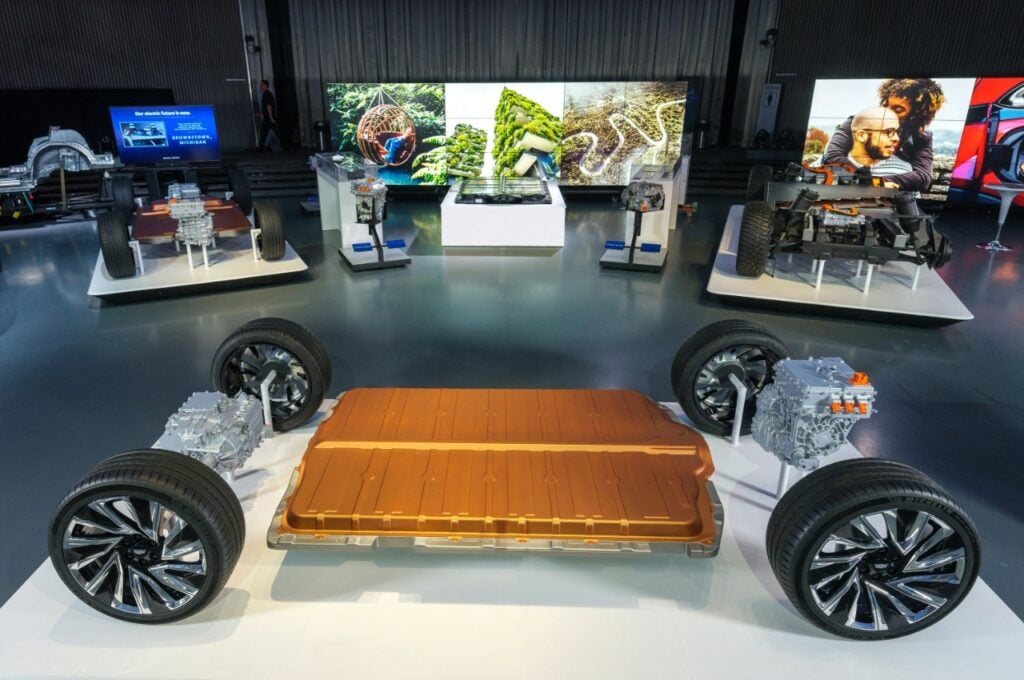
Multiple sources have told major news outlets that President Biden is days away from announcing that he will invoke the Defense Production Act to accelerate domestic production of raw materials essential for manufacturing batteries. The move comes as much of the world’s lithium, nickel, cobalt, iron and aluminum supplies remain offline due to the war in Ukraine. Will the authorization of the DPA finally bring electric cars closer to price parity? Here’s what we know so far.
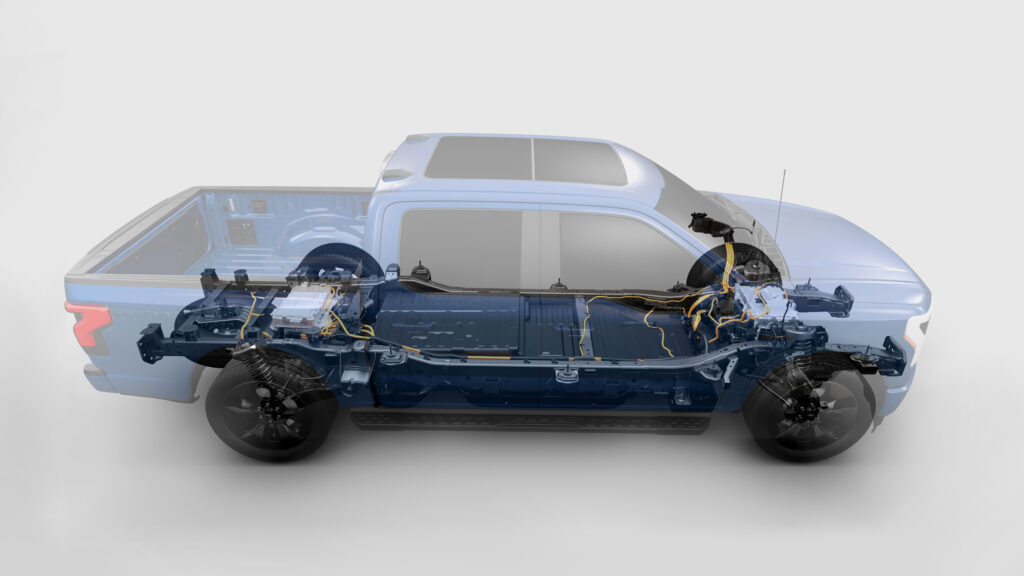
Sources say that the authorization of the Act would apply to raw materials needed to make both electric vehicle batteries and high-capacity batteries used for electric grid stability, usually in conjunction with renewable energy. Domestic energy is seeing renewed interest as reliance on unstable international relations throws a wrench in American energy stability yet again.
High-capacity batteries like the Tesla Megapack are similar in nature to EV batteries, but they require even more lithium, nickel, cobalt and iron than car batteries do simply because of the massive size and capacity. In the near future, energy experts warn that electric vehicle manufacturing and grid-scale battery production could be forced into fierce competition for limited raw material supplies. Accelerated raw material production may be the remedy that both industries need to continue growing in the 2020s.
Cobalt has fallen out of favor for battery manufacturers in recent years, not because of its effectiveness as an ingredient, but because of the dangers of cobalt mining in Africa. The DPA could bring about a resurgence in the use of cobalt, among other market changes.
This three-pronged law authorizes the president to require businesses to accept and prioritize contracts for materials deemed necessary for national defense. The law also gives the authority to establish mechanisms to allocate materials, services and facilities to promote national defense. Furthermore, the Defense Production Act authorizes the president to exert control over the economy so that critical materials are available for national defense.
The Act does specify that it can apply to the production of basic resources, such as raw materials that are important in the nation’s economy. You can read the full text of the DPA here.
The law is invoked more often than one might suspect. Past presidents have used the law’s three major sections to address matters of national security, public safety, and the economy.
Here are the the most recent uses of the Defense Production Act:
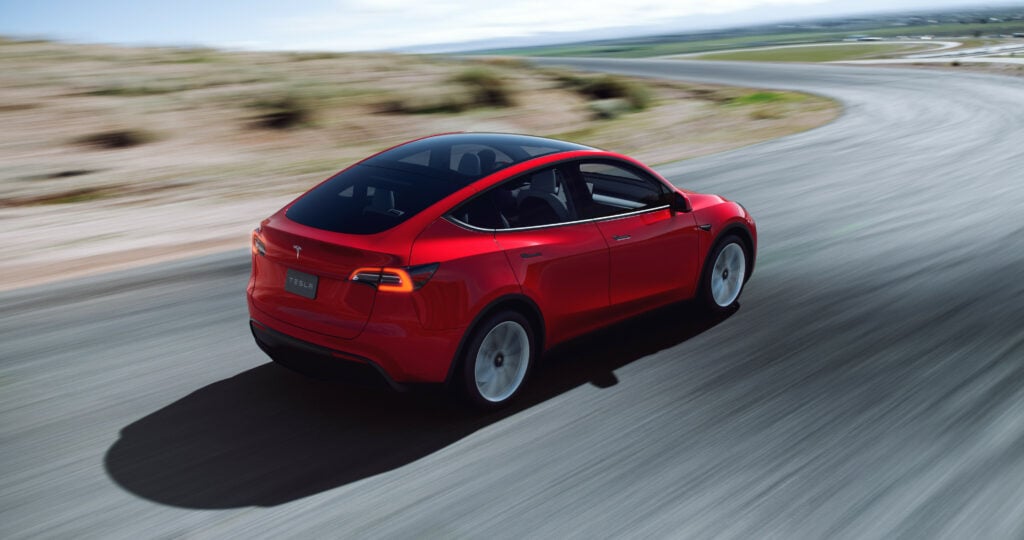
It’s certainly possible that President Biden’s use of the DPA could lower electric car prices, but don’t expect this anytime soon with current inflation and chip shortages. What’s more likely is that the additional raw material supplies will deter additional electric car price increases once nickel, lithium, cobalt and other important materials are substantially produced domestically.
Tesla recently cited nickel’s tenfold price increase when raising prices in early 2022. Raw materials are becoming the limiting factor for affordable electric cars in America and across the world, as we explained in our recent article on soaring EV prices.
For years now, electric vehicle proponents have pointed towards a not-so-distant future when electric cars reach price parity with combustion vehicles. When EVs cost the same as an equivalent gas vehicle, the masses would convert to electric mobility. As time has shown, EV price parity has been a lot harder to accomplish than many, including Elon Musk, had hoped.
The use of the Defense Production Act to spur development of American-based raw material sourcing is big news. American battery manufacturers (and EV makers) have always sourced the vast majority of their raw materials from international suppliers, many of which are based in Russia and China. As the pandemic and recent war have shown, global supply chains have their limits. In due time, EV prices may finally reach price parity if their most expensive component, the battery, becomes a lot less expensive to make.

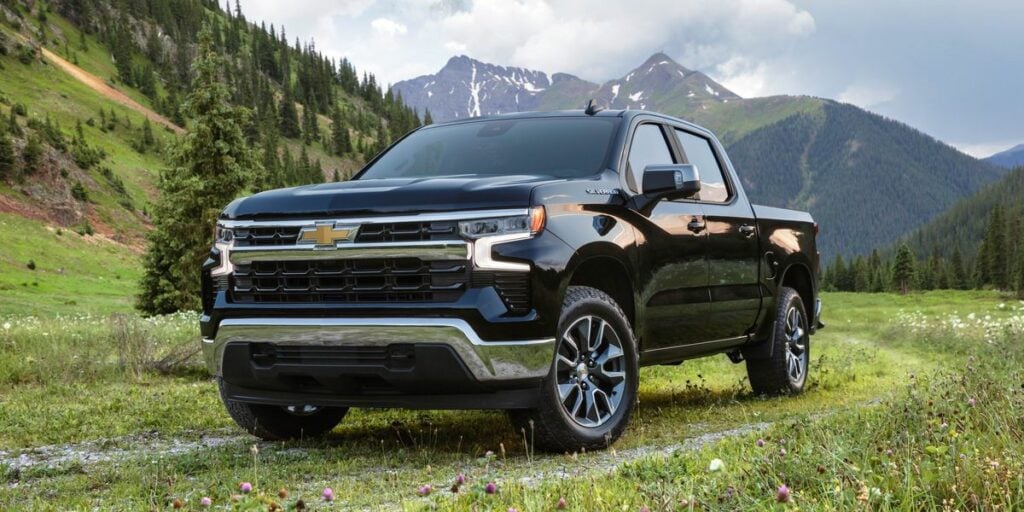
Trucks are somehow an appreciating asset in 2022. Not a single truck is getting more affordable. With inflation, supply shortages, and transportation backlogs, truck inventory remains at record lows in the US. Here’s just how much truck prices have increased in 2022.
Be sure to bookmark this page and check back for updates!
The 2022 model year Chevrolet Silverado HD has seen FOUR price increases since going on sale last year. GM Authority details the latest Silverado price increases:
“The latest price increase for the 2022 Chevy Silverado HD is a flat $1,000 for all trim levels and configurations, including both the 2022 Chevy Silverado 2500HD, and the 2022 Chevy Silverado 3500HD. The Destination Freight Charge also increased from $1,695 to $1,795. As it stands now, the least-expensive 2022 Chevy Silverado HD model is the Silverado 2500HD WT Regular Cab / Long Bed with 2WD and the 6.6L V8 L8T gasoline engine, priced at $41,295, while the most-expensive model is the Silverado 3500HD High Country Crew Cab / Long Bed DRW with 4WD and the 6.6LV8 L5P turbodiesel Duramax engine, priced at $81,345.”
See how much every variant of the Silverado 2500 and 3500 HD costs now here.
Just a few months after the first deliveries crawled out of Rivian’s factory in Normal, Illinois, the electric truck maker fumbled a sudden price increase. All trims of the Rivian R1T saw prices increase, and some specs are up by 20%. The most ‘affordable’ R1T, originally $67,500, now costs $79,500. The catch is that the base spec of the R1T is not even close to being available. Rivian produced 2,500 electric trucks in the first quarter of the year, and delivered 1,200 of them.
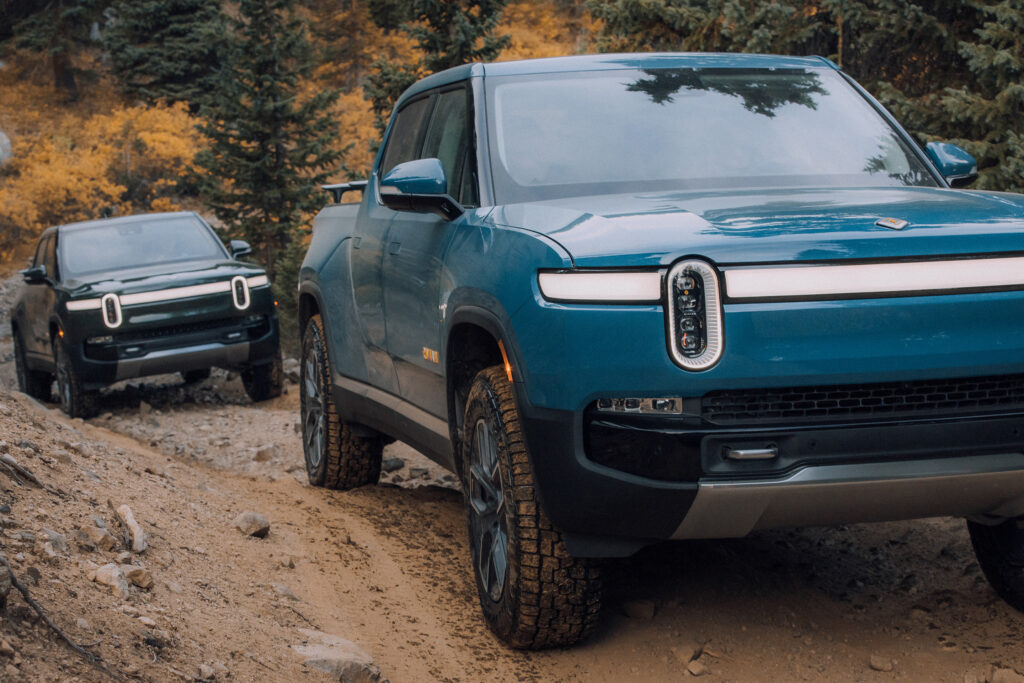
All R1Ts being delivered in 2022 are the quad-motor Adventure package with the large battery pack. If you’re lucky enough to take delivery this year, this R1T configuration costs $85,000.
This is Rivian’s delivery timeline as of Spring 2022:
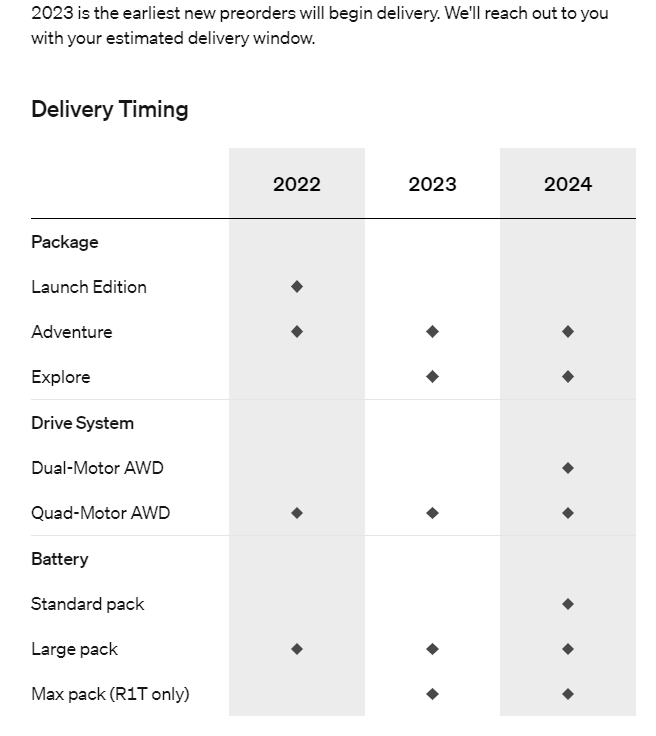
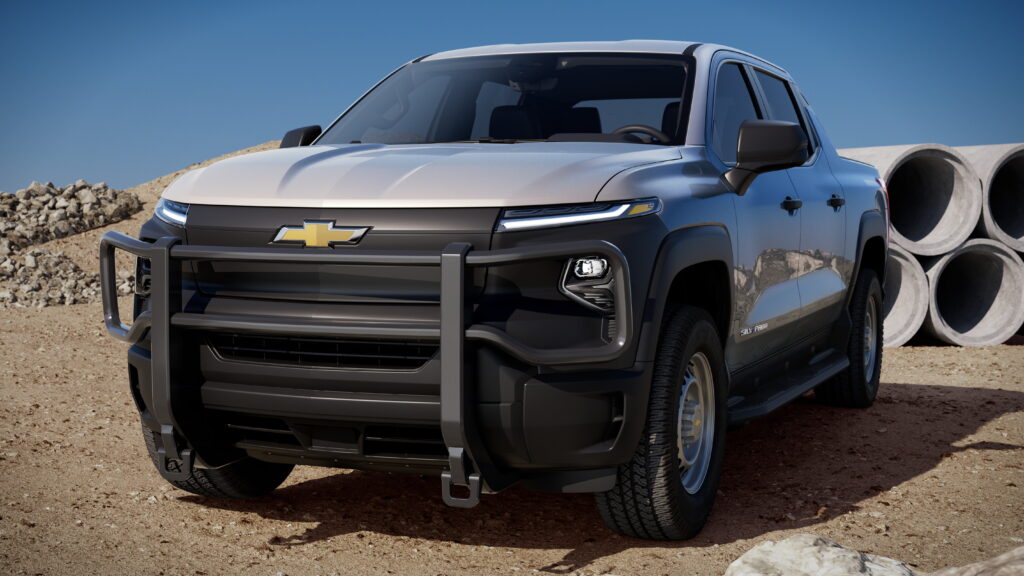
Is there any such thing as an affordable truck any more? Affordability is in the eye of the beholder, however the last few months have raised the bar even further. Here’s the latest data on truck MSRPs for base trims:
The best-selling truck in America, the Ford F-150, has seen a 2.6% increase in base MSRP since December 2021. The F-150 now starts at $29,990. The only truck to fare better (for the consumer) is the Toyota Tacoma, which has gone up 2.1% to a current MSRP of $26,700.
On the other end of the spectrum, General Motors has sent truck prices through the roof. Four months ago, a 2021 Silverado 1500 started at $29,300. A few price hikes later, the base 2022 Silverado now costs $33,800 before destination fees. That’s a staggering 15% price jump in a few short months.
GM’s massive price increases for the 2022 Silverado are especially shocking considering that GM posted record profits in 2021, despite selling 500,000 fewer vehicles than the year before.
The 2022 Nissan Titan now has a base MSRP of $38,310, up 4.8% since late last year. The Ram 1500 has seen a similar price hike, now listing for $33,975 at a minimum. Good luck finding one for MSRP.
In fact, let us know about your dealership experience, good or bad!
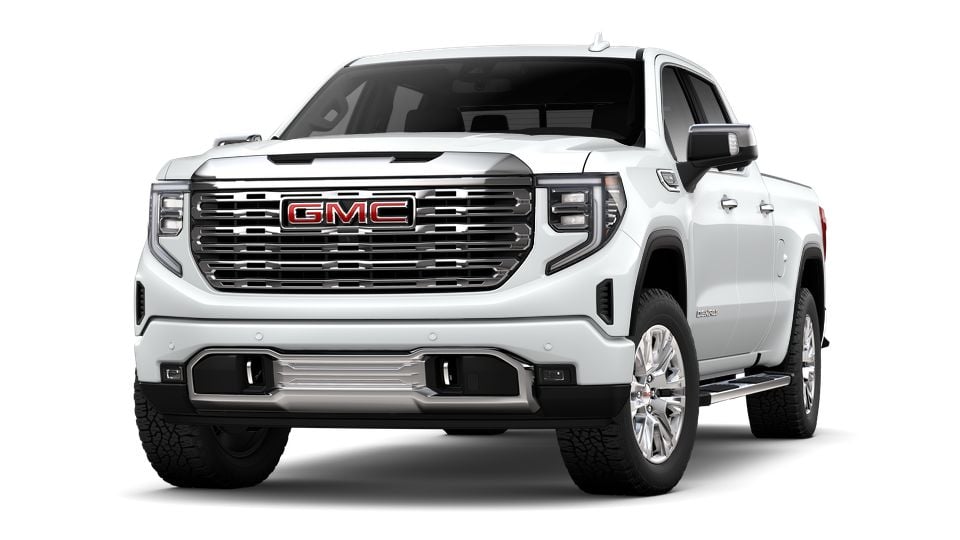
If you thought the base models were bad, wait until you see how expensive fully-loaded trucks have gotten. Check out the data for yourself:
Yes, a 2022 Ford F-150 Raptor now starts at $68,675 (over $70,000 after taxes and fees) after Ford bumped the price by 7% this year. That almost makes the F-150 Lariat look like a steal at $48,140. It’s actually Ram that takes the trophy for biggest MSRP jump in 2022. Following a 9.1% price increase, the Ram 1500 TRX now starts at $76,780. The GMC Sierra AT4X has seen the smallest price increase, but it’s still an expensive truck at an MSRP $77,395.
The short answer is no. If you’re looking to buy new, you’ll have to find a Ford Maverick, Ford Ranger, Hyundai Santa Cruz or maybe even a Tacoma at MSRP (somehow) to stay around $25,000 for a new truck. Most are far beyond $35,000 once all fees are tallied.
Bear in mind that we’re talking about MSRPs here. These are merely suggestions by the manufacturer. You know as well as I do that buying any popular vehicle at sticker price in 2022 is like finding a pot of gold at the end of the rainbow. It’s technically possible, but quite rare. And no one will believe you.
Dealer markups are one of the many novel trends of the past few pandemic years that no one’s excited about. Except for dealers of course. Jalopnik reported on six-figure Ram TRXs and Ford Mavericks going for fifty grand.
Dealers are raking in the profits every time a shopper agrees to pay over MSRP for any truck. Don’t believe me? American dealerships reported all-time record profits in 2021. You know, the year with the worst inventory shortages ever. As one dealer told me, they’re just ‘dying for inventory’. Approach dealerships with caution, truck buyers.
CarEdge Car Search Now Shows In-Transit Status!
In 2022 (and beyond), many car buyers will be shopping for vehicles that are still sailing the high seas or catching a lift from the plant to the dealership. How do you know which vehicles are in transit and which are on the lot? CarEdge’s Car Search is the only car buying search engine that shows you if a particular vehicle is in transit. Try it out for yourself!